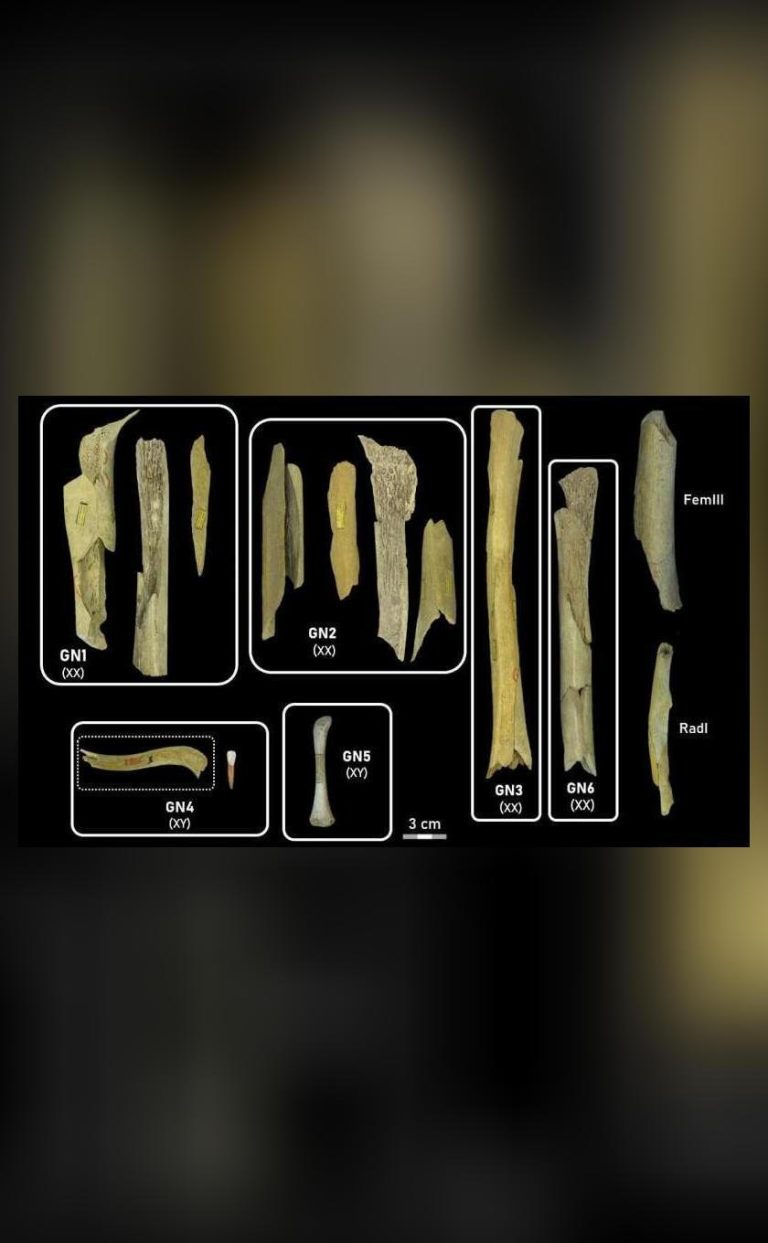
China launches mission to rescue astronauts stranded at Tiangong
In a historic move, China has launched an uncrewed Shenzhou-22 spacecraft to rescue three astronauts currently stationed on the Tiangong space station. This unprecedented mission is a testament to China’s growing capabilities in space exploration and its commitment to ensuring the safety of its astronauts.
The Shenzhou-22 spacecraft was launched from the Jiuquan Satellite Launch Center in northwest China, marking a critical moment in the country’s space program. Unlike regular Shenzhou missions, which ferry astronauts to Tiangong for six-month stints, the Shenzhou-22 will serve as a return vehicle for the astronauts. This is because the astronauts were left without a transport at Tiangong after their spacecraft was used to bring home the Shenzhou-20 crew earlier.
The three astronauts, whose names have not been disclosed, have been stationed on the Tiangong space station since earlier this year. They were initially scheduled to return to Earth on a different spacecraft, but due to unforeseen circumstances, they were left stranded. The launch of the Shenzhou-22 spacecraft is a welcome relief for the astronauts, who will now be able to return home safely.
The Tiangong space station, which translates to “Heavenly Palace” in English, is China’s first permanent space station. Launched in 2020, it has been continuously occupied by Chinese astronauts, who have been conducting scientific experiments and testing the station’s systems. The space station is a key component of China’s space program, which aims to establish a permanent human presence in space.
The Shenzhou-22 spacecraft is an uncrewed version of the Shenzhou spacecraft, which has been used to ferry astronauts to and from the Tiangong space station. The spacecraft is equipped with advanced life support systems, navigation, and communication equipment, ensuring the safe return of the astronauts. The mission is a complex one, requiring precise calculations and coordination to ensure a successful docking with the Tiangong space station.
The launch of the Shenzhou-22 spacecraft is a significant milestone for China’s space program, demonstrating its ability to respond to unexpected challenges and ensure the safety of its astronauts. The mission is a testament to China’s growing capabilities in space exploration, which have been rapidly expanding in recent years.
China’s space program has been making waves in recent years, with a series of high-profile missions, including the landing of the Zhurong rover on Mars and the launch of the Tianwen-1 spacecraft, which included an orbiter, a lander, and a rover. The country has also been investing heavily in its space infrastructure, including the development of new launch vehicles and spacecraft.
The Shenzhou-22 mission is a critical one, not only for the safety of the astronauts but also for the future of China’s space program. The success of the mission will demonstrate China’s ability to conduct complex space operations and ensure the safe return of its astronauts. It will also pave the way for future missions, including the expansion of the Tiangong space station and the launch of new spacecraft.
As the world watches with bated breath, the Shenzhou-22 spacecraft is on its way to the Tiangong space station, carrying with it the hopes of the three stranded astronauts. The mission is a testament to human ingenuity and the unwavering commitment to space exploration. With its successful completion, China will have demonstrated its capabilities as a major player in the global space community.
In conclusion, the launch of the Shenzhou-22 spacecraft is a significant moment in China’s space program, marking a new era in the country’s space exploration capabilities. The mission is a complex one, requiring precise calculations and coordination to ensure a successful docking with the Tiangong space station. As the world waits for the outcome of the mission, one thing is certain – China’s space program is here to stay, and it will continue to push the boundaries of human knowledge and exploration.






